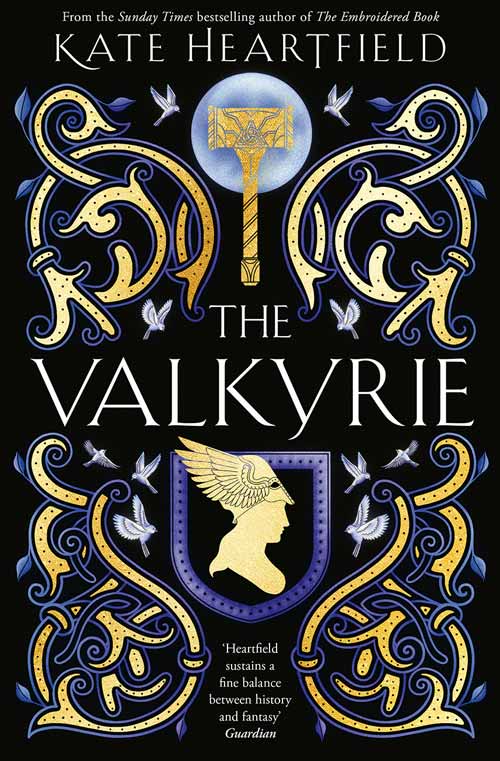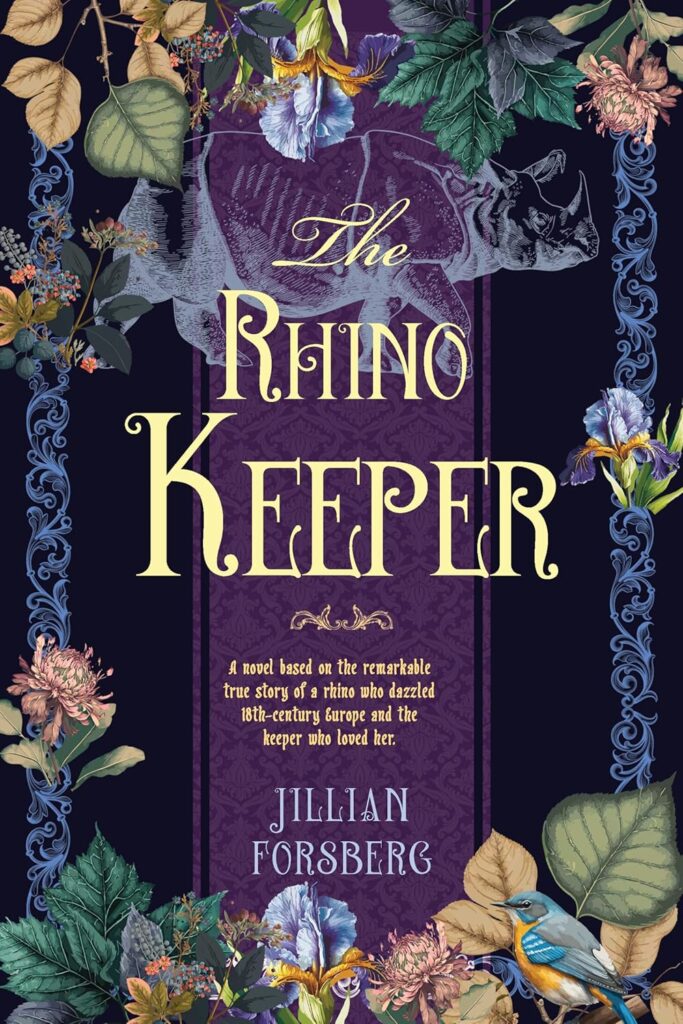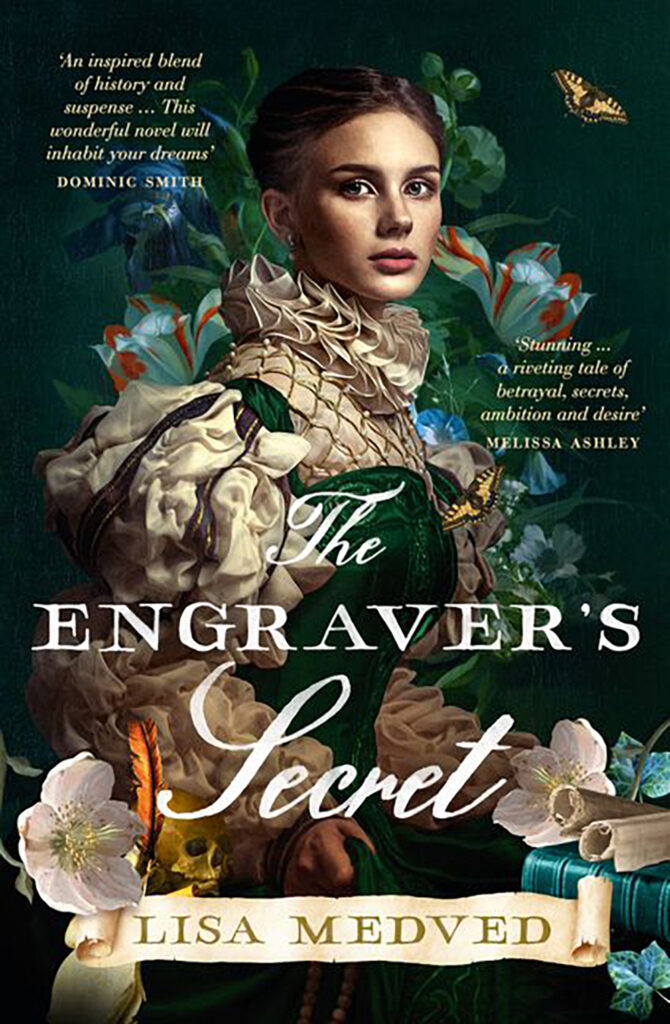Author Jack Hight talks the Lionheart, the crusades, and the clash of religions.
Richard Lee
RL: Sharon Penman says that the Plantagenets always claim centre stage when they enter her books. Did you find that with Richard Lionheart?
JH: Yes! In the first draft of Holy War, Richard took over the book. It took me several more drafts to get a handle on him and to ensure that it was still John and Saladin’s book, not Richard’s. The Lionheart is more than just an historical figure. He is a legend, and I had great fun creating my own version of that legend. I wanted, first off, to emphasize that even though he was king of England, Richard was culturally and linguistically French. In fact, he seems to have not much liked England. I also wanted to deflate the myth of Richard a bit. He was a great warrior; there can be no doubt about that. But he was also prone to political blunders that made him his own worst enemy. I am hopeful that I succeeded in showing not only what made Richard great, but also his darker side.
RL: The rise of Saladin (covered in your first two books) is not a well-known story in the West. Did you find it a different task now that your story has moved onto one of the major highways of history and fiction?
 JH: I think that the time I put into creating Saladin’s character in the first two books made it easier to navigate the great events of the Third Crusade. Holy War is the story I always wanted to write. Initially, it was to be a stand-alone book, but as I began to research it, I decided that I couldn’t really tell the story of the Third Crusade unless I had established where the Kingdom of Jerusalem and, even more so, Saladin were coming from. There is a tendency in the genre to present great historical actors as born great. I believe that great men are made, not born. I wanted to show how Saladin was made, and that was the task of Eagle and Kingdom. Holy War is the payoff, where I was able to take the characters I had created and set them loose in a better-known historical setting. They bring a unique viewpoint with them, and I like to think that’s enough to make my version of the Third Crusade unique.
JH: I think that the time I put into creating Saladin’s character in the first two books made it easier to navigate the great events of the Third Crusade. Holy War is the story I always wanted to write. Initially, it was to be a stand-alone book, but as I began to research it, I decided that I couldn’t really tell the story of the Third Crusade unless I had established where the Kingdom of Jerusalem and, even more so, Saladin were coming from. There is a tendency in the genre to present great historical actors as born great. I believe that great men are made, not born. I wanted to show how Saladin was made, and that was the task of Eagle and Kingdom. Holy War is the payoff, where I was able to take the characters I had created and set them loose in a better-known historical setting. They bring a unique viewpoint with them, and I like to think that’s enough to make my version of the Third Crusade unique.
RL: What are the things you most admire about the crusader Kingdom of Jerusalem? Correspondingly, what is admirable in the similarly internecine world of the Saracens?
JH: When I first considered writing about the Crusades, I was going to take a more traditional approach, with a crusader as my hero. The more research I did, however, the more I felt compelled to shift the focus to the Muslim side. The crusaders were really good at killing people and possessed a military ingenuity that allowed them to adapt quickly to conditions in the Middle East, but they are simply not very easy for us to relate to. Many were what we would call today religious extremists. When compared to their Muslim foes, they were coarse and rather uncivilized.
The Muslim culture of the period was recognizably modern in a way that the Christians were not. In medicine, the Muslims were nearly a thousand years ahead of the West. That’s right: a thousand. They had blood pressure medication, modern surgical tools, and an early theory of contagion. They had great poets, historians, and philosophers. And they had a complex economy linking Asia and Europe. The greatest weakness of the Saracens was a lack of political stability. The great cities of Cairo, Aleppo, Damascus, and Mosul were competing power centres that were constantly at war with one another. It was this dissension that allowed the first Crusaders to succeed. It was Saladin’s great achievement to unite these disparate emirates into one powerful force.
 To the extent that I find the Kingdom of Jerusalem admirable, it is largely because they adopted many of the customs and attitudes of the East, including food, clothes, and most importantly, a rather pragmatic attitude towards other religions. The kings and barons of the Kingdom regularly made treaties with their Muslim neighbours. They fought when it was to their advantage, but these were not wars against the infidel. Rather, they were strategic battles in which Muslims often featured as allies. The arrival of the occasional crusader party was, in this regard, something of a nuisance. The crusaders were waging holy war. They tended to see the Muslims as infidels to be crushed. They were not interested in allies or peace, and they usually did more harm than good. The Third Crusade was made in no small part by the havoc caused by earlier crusaders.
To the extent that I find the Kingdom of Jerusalem admirable, it is largely because they adopted many of the customs and attitudes of the East, including food, clothes, and most importantly, a rather pragmatic attitude towards other religions. The kings and barons of the Kingdom regularly made treaties with their Muslim neighbours. They fought when it was to their advantage, but these were not wars against the infidel. Rather, they were strategic battles in which Muslims often featured as allies. The arrival of the occasional crusader party was, in this regard, something of a nuisance. The crusaders were waging holy war. They tended to see the Muslims as infidels to be crushed. They were not interested in allies or peace, and they usually did more harm than good. The Third Crusade was made in no small part by the havoc caused by earlier crusaders.
RL: There are terrific written records of the Third Crusade. What sources (primary, secondary, archaeological) have you found most useful? What things did you feel you HAD to include?
We are indeed lucky we have so many sources on the Crusades. That said, as someone who has spent a good deal of time studying the 19th century, I often find the source base for the Crusades frustratingly/delightfully small. It is wonderful that I can easily read all the major primary sources regarding the Third Crusade, but still, many major events – such as the Battle of Hattin – remain very, very hazy.
What were my guides through this hazy past? A full list would run several pages, so I’ll just give the highlights. In reconstructing events, I drew most heavily on Muslim historians who were contemporaries of Saladin: Baha’ ad-Din, Imad ad-Din, and Ibn al-Athir. On the Christian side, I found William of Tyre’s history and its continuation invaluable, and for the Third Crusade, I also drew heavily on the Itinerarium Regis Ricardi. Of all the modern histories I consulted, my favourites are Steven Runciman’s History of the Crusades, Eberhard Mayer’s The Crusades, and R.C. Smail’s Crusading Warfare. Regarding the life of Saladin, Hamilton Gibb’s Life of Saladin is engaging and concise. Anne-Marie Eddé’s Saladin is a bit long and dry, but it is mandatory reading for anyone with a deep interest in Saladin. And of course, James Reston’s Warriors of God is good fun.
 I spent most of my research time reading works on the daily life of Kingdom of Jerusalem and the medieval Middle East. Particularly useful were Adrian Boas, Jerusalem in the Time of the Crusades and Joshua Prawer’s Crusader Institutions and The Crusader’s Kingdom. Of the dozens of more obscure articles and books I read, here’s a little taste: Cristina Dondi’s The Liturgy of the Canons Regular of the Holy Sepulchre of Jerusalem; Leena Löfstedt’s “A propos des formules de salutation au moyen âge”; and D. Behrens-Abouseif’s invaluable Islamic Architecture of Cairo.
I spent most of my research time reading works on the daily life of Kingdom of Jerusalem and the medieval Middle East. Particularly useful were Adrian Boas, Jerusalem in the Time of the Crusades and Joshua Prawer’s Crusader Institutions and The Crusader’s Kingdom. Of the dozens of more obscure articles and books I read, here’s a little taste: Cristina Dondi’s The Liturgy of the Canons Regular of the Holy Sepulchre of Jerusalem; Leena Löfstedt’s “A propos des formules de salutation au moyen âge”; and D. Behrens-Abouseif’s invaluable Islamic Architecture of Cairo.
Finally, I would be remiss if I didn’t mention Josef Meri’s wonderful Medieval Islamic Civilization, An Encylopedia, which provided a handy and informative guide to a culture that was, at the start, completely foreign to me.
RL: How easy do you find it representing the religious aspects of this story, given your audience which is likely to be multi-faith and secular? Siege is also a book written across this particular religious divide. Why do you think you are drawn to it?
JH: It does seem as if I’m becoming That Guy Who Writes About Christian-Muslim Conflict In The Middle Ages. A planned book set during the siege of Granada in Spain isn’t going to help matters. Religious conflict, however, is not what drew me to the story of Siege. I had been fascinated with the fall of Constantinople since university and thought it would make a great story. In fact, in writing Siege, I did not explore the religious side of the conflict as much as I could have. My characters, even the priests, were resolutely secular in their motivations.
With the Crusades, I could hardly avoid religion. Nor would I have wanted to do so. Islam is not particularly well understood in the West, and the war on terror has not helped matters. I saw the Saladin Trilogy as an opportunity to introduce readers to Islam. I particularly wanted to emphasize how similar medieval Islam was to medieval Christianity. Both encouraged pilgrimage. Both had dietary restrictions: no pork or alcohol for Muslims; for Christians, no meat on Fridays or on Wednesday, Friday, and Saturday during the four seasonal fasts. Both religions prescribed praying multiple times a day. Observant Christians prayed each morning and evening, and monks who kept the canonical hours prayed seven times a day. Their prayers were even similar, both involving standing and kneeling while facing a certain direction – East for Christians and towards Mecca for Muslims. Most significantly for my purposes, both embraced the idea of holy war. Indeed, some have argued that the Crusaders are the ones who brought the concept – at least in its modern variant, where the goal is conquest and the killing of infidels rather than conversion – to the Middle East.
RL: Have you visited the sites of your books? Tricky in some of these places right now.
 JH: Unfortunately, no. Accordingly, most of my research times was spent reading archaeological studies and historical architecture texts to help me recreate the settings in my stories. Of all the places I have written about, I would most love to visit Damascus and Aleppo. One of the sad consequences of the civil war in Syria is the destruction or damage of many of the countries architectural treasures, like the Umayyad Mosque and souqs of Aleppo.
JH: Unfortunately, no. Accordingly, most of my research times was spent reading archaeological studies and historical architecture texts to help me recreate the settings in my stories. Of all the places I have written about, I would most love to visit Damascus and Aleppo. One of the sad consequences of the civil war in Syria is the destruction or damage of many of the countries architectural treasures, like the Umayyad Mosque and souqs of Aleppo.
RL: I gather you’re tackling 1066 next – another fulcrum of history, another bitter and bloody divide – also, possibly, a forerunner of the First Crusade. How is that going?
Wonderfully! I am halfway finished with draft one, and I’m having a great time. I want very much to convey the strangeness to the period. I’ve spent a good deal of time creating a unique and different vocabulary and speech pattern for my English and French characters, or rather, Angelcynn and Norman. There is a tendency in the Anglo-Saxon world to see Harold and his men as English, but they were not, not really. They spoke a language we would not understand, and their England was part of a Scandinavian orbit including Denmark and Norway. As for the Normans, they spoke Old French, but were nevertheless rather unique within France. The Normans were recent descendants of Vikings who were granted Normandy to keep them from raiding down the Seine. It worked, more or less, although William did fight several wars against French kings.
As with the Saladin Trilogy, I’m tackling 1066 from both sides, and I’m starting well in advance of that momentous date. My main characters are Harold and William, but Bastard will feature a much larger cast. This has allowed me to explore the texture of daily life in greater detail. It is great fun. But don’t worry: there’s still plenty of intrigue and fighting!







